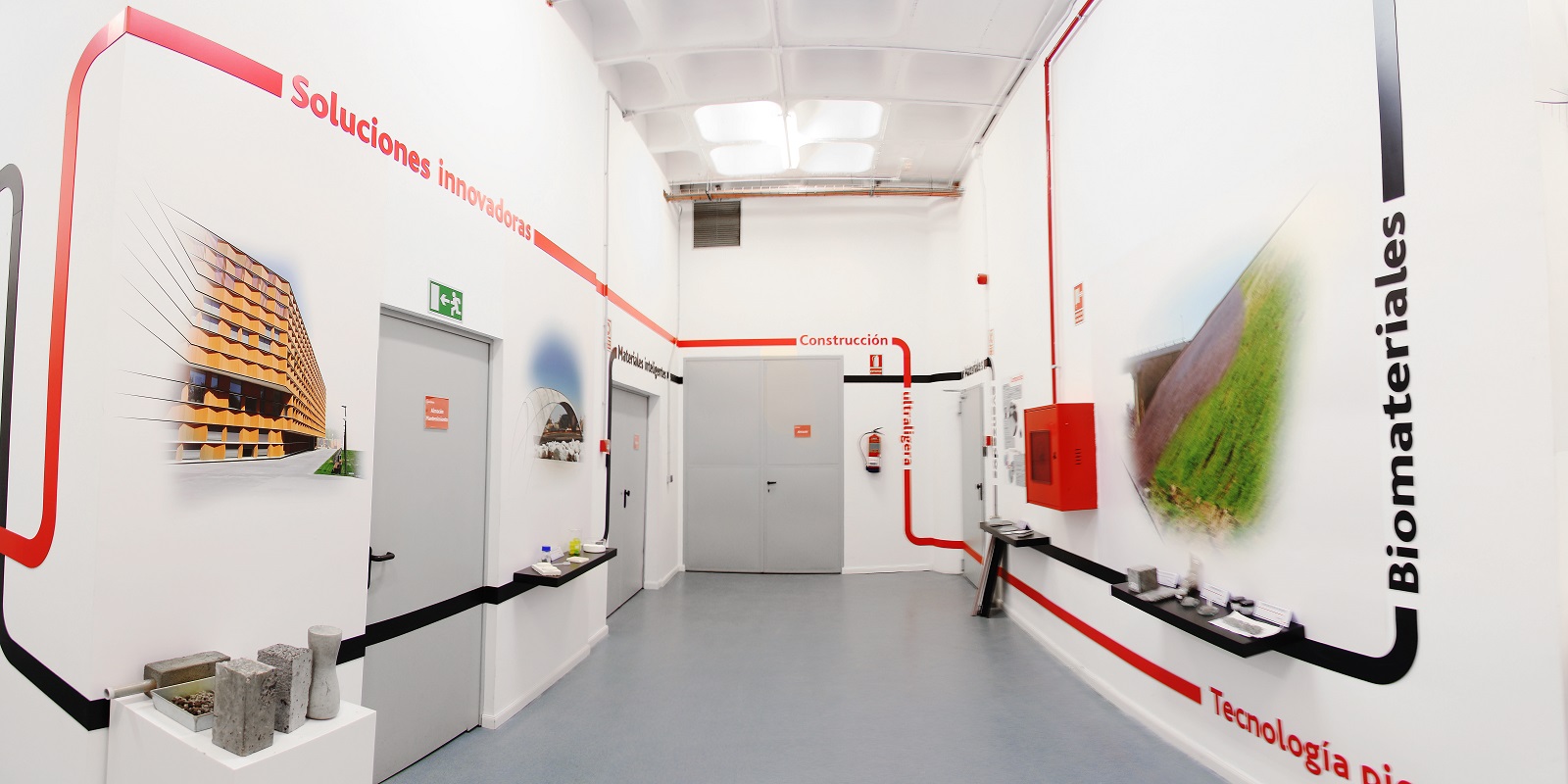- Middle East
- Go to acciona.com
- Composite materials give rise to a wide range of possibilities and that the most innovative and sustainable future will go hand in hand with the composites. For this reason, we are equipped with two production facilities for manufacturing composite material components and structures and they also conduct life-size trials.

The old walled city of Shibam, in the southern Arabian Peninsula, is the oldest model of urban planning based on vertical construction. The perspective from a bird’s eye view is spectacular: a rectangular walled enclosure bursting with a chaotic forest of giants made from mud. Outside the walls, the Ramlat al-Sabatain desert stretches for many miles in every direction, until our gaze becomes lost in the horizon.
Today, Shibam is a small Yemeni town of 7,000 inhabitants whose strange skyscrapers led Unesco to designate it as a World Heritage Site in 1982. Yet it is also a successful example of the application of composite materials, and although it is by no means the oldest documented, it is nevertheless one of the most fascinating.
The buildings of Shibam were built between the 4th and 16th Centuries AD with adobe, which is basically a mixture of clay and mud. It consists of the first composite made by man and although the research and development of composites, the typology of their components and resulting uses have evolved exponentially, the definition remains the same: composites are made from two or more elements in a way that combining them yields a new material that can be put to greater use than any of the individual components alone.
Like the Arab engineers of that time, we understand that composites give rise to a wide range of possibilities and that the most innovative and sustainable future will go hand in hand with the future of composites. For this reason, we are equipped with two production facilities for manufacturing composite material components and structures and they also conduct life-size trials.
It’s apparent that the use of composite materials is not a new concept. However, it is unfortunate that the construction industry has not kept pace with the application and development of this technology compared to other industries. In contrast, the aerospace industry has successfully utilized composite materials for several decades, due to their unique properties, including a high strength-to-weight ratio and resistance to corrosion and fatigue, which make them an excellent choice for use in aircraft components.
The company is trying to make a difference and has been actively engaged in research and development efforts to minimize its carbon footprint through the use of composite materials, as demonstrated by the construction of the first lighthouse in the world made from composite materials for the Port of Valencia with a 20% reduction in its carbon footprint. Since then, we have continued to innovate and develop new applications for composite materials in various sectors, including infrastructure, renewable energy, and transportation.
What is a composite material?
Composite materials or composites are made up of resins and fibers so that combining them allows the creation of a new material whose properties are much greater than those each element can provide separately. Some of its benefits are lightness, corrosion resistance, high mechanical resistance and electromagnetic transparency.
With them, we can reduce 20% the CO2 emissions and being 30% faster to install a particular project, like the one we did with the Lighthouse in Valencia Port, Spain.
Given the significant advantages that composite materials offer in terms of efficiency, sustainability, and cost-effectiveness, it is expected that there will be a significant increase in demand for these materials in the GCC region and beyond. As project owners seek to meet tight deadlines while also reducing costs and minimizing environmental impact, composite materials are well-positioned to play a critical role in meeting these objectives. With ongoing research and development efforts focused on expanding the range of applications for composite materials, it is likely that we will continue to see substantial growth in demand for these materials in the years to come.
By Ahmed Sayed, ACCIONA’s Construction Business Development Director for the Middle East